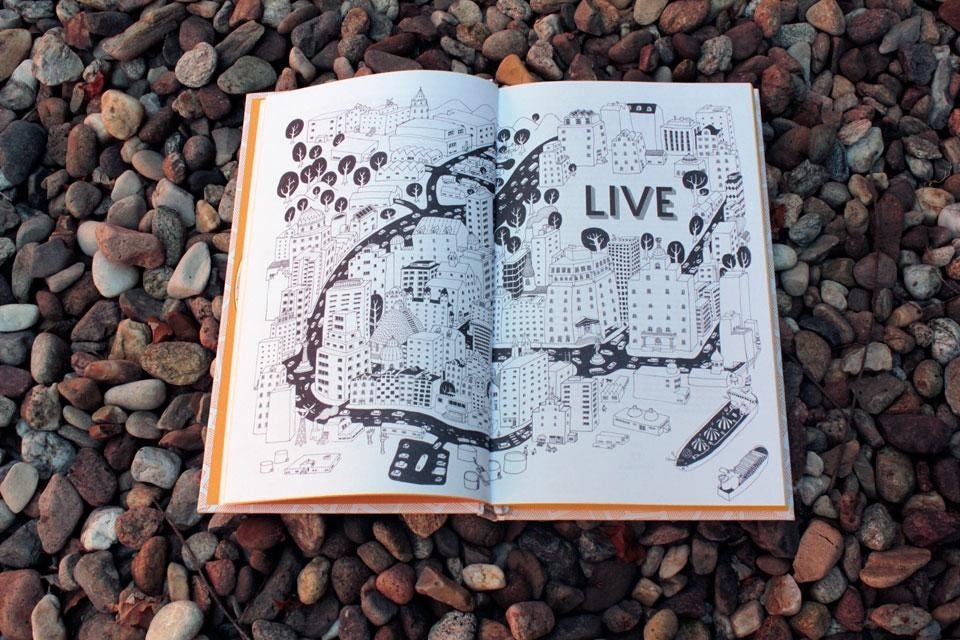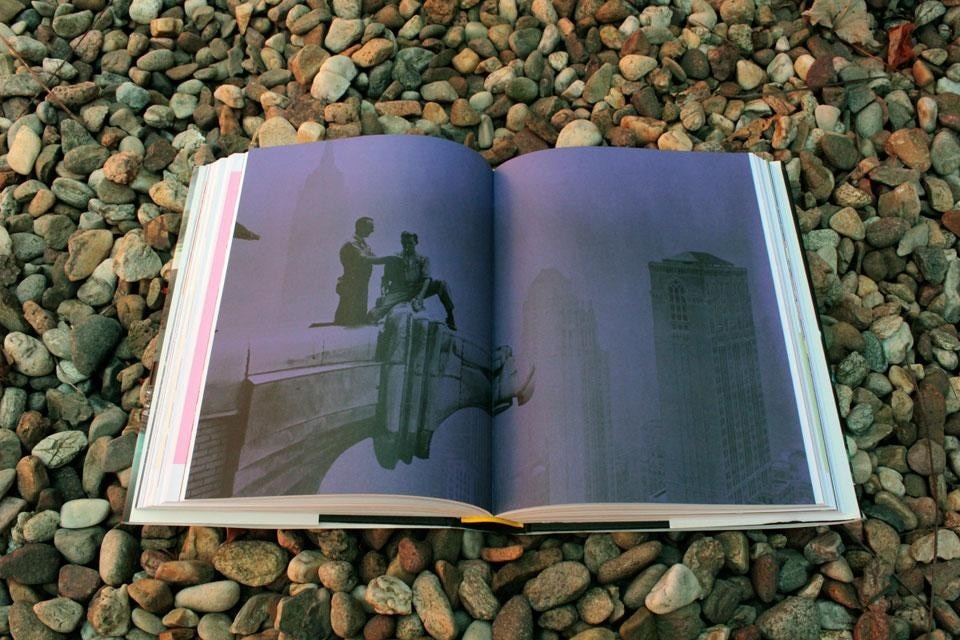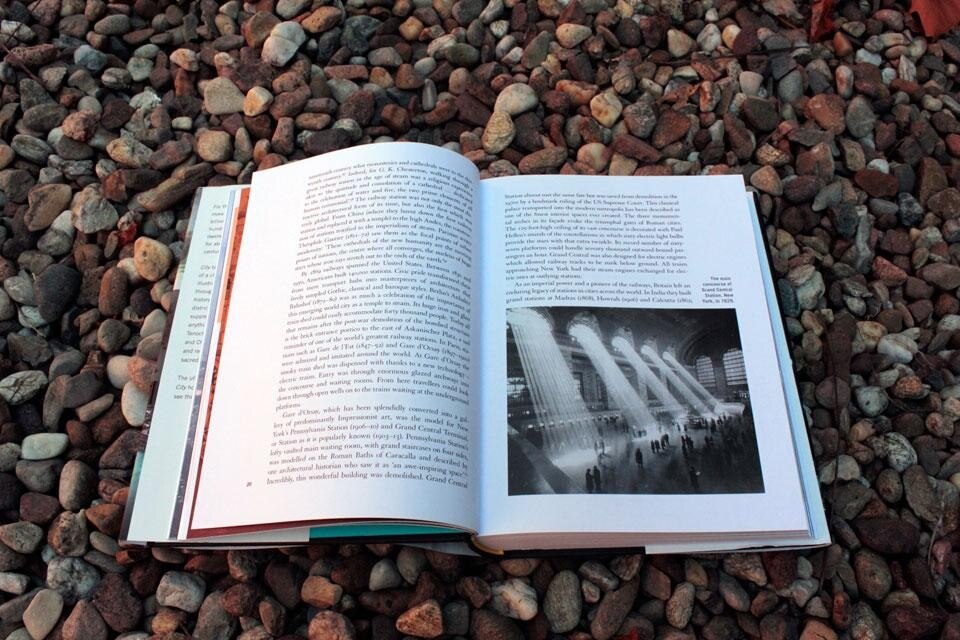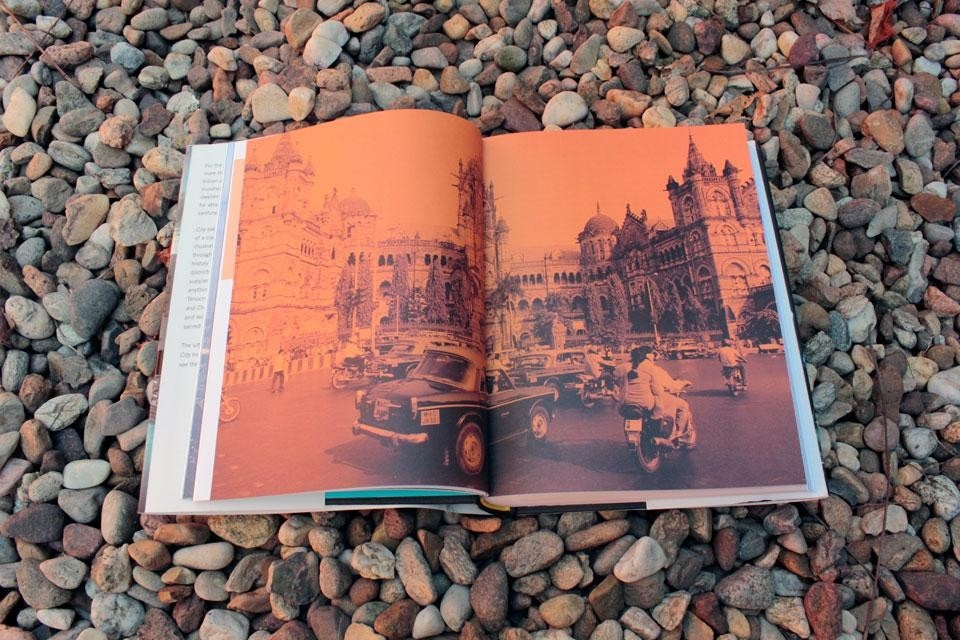P. D. Smith ed., City. A Guidebook for the Urban Age, Bloomsbury, London 2011 pp. 400 www.bloomsbury.com
Upon opening A smart Guide to Utopia, the first statement you read claims that cities are the true natural habitat of the human race: "Cities are where we are best, where individuals become communities." Even if we don't agree with such a manifesto, it is bold enough to catch our attention and hold our interested while discovering the 111 projects from across Europe presented in the book. Nearly all the projects can be described under the motto of tactical urbanism and bottom-up practices. Each chapter starts with a brief essay — "open your mind" — on the future of the city by a selection of writers and researchers including Ben Hammersley, Maria Popova and Adam Greenfield.
With a renewed understanding of the concept of city as a living organism, as Peter Cook stated in 1963, and focused on the power of small actions beyond large-scale urban planning, the book offers a comprehensive tour through spatial practices, diy networks, guerrilla activism and urban farmers, among others. More than a guide to discovering a city, it is a guide about how to make cities more liveable through small, simple interventions. Some of these actions embrace a new technological approach, such as the use of smartphones to enhance the urban experience.
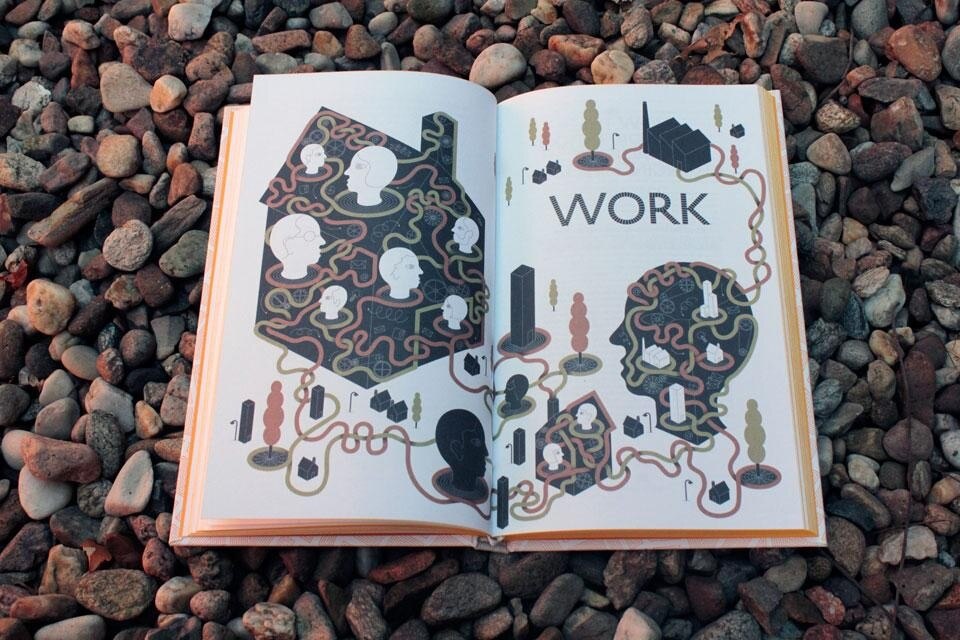

From megalopolis to small urban spaces, we cannot deny that the power and influence of cities is truly global
